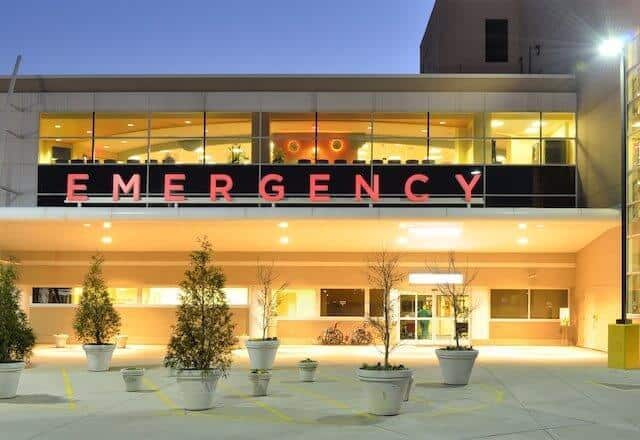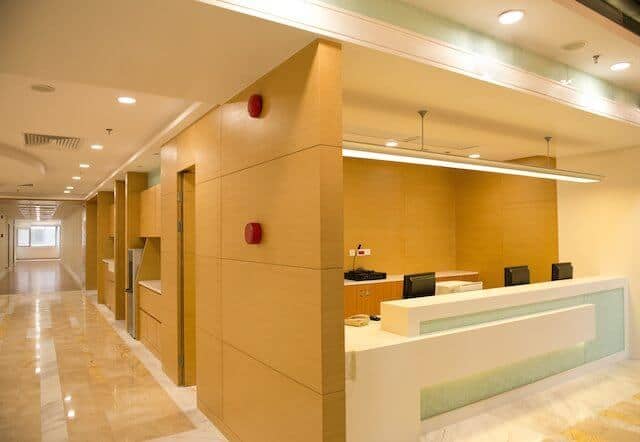Medical Facility IAQ Testing
LEED IAQ Testing – Medical Facility
Summary:
HBS was contracted to perform LEED IEQ testing for a newly constructed 100,000+ SF medical office building in Alameda County, CA.
Process:
HBS conducted air sampling at locations specified by the design team to conform to USGBC LEED IEQ (Interior Environmental Quality) Credit 3.2.
LEED IEQ sampling is used to determine if a building has been properly “flushed out” prior to occupancy. All new building materials and finishes off gas VOC’s to some extent and the flush-out and sampling is used to determine if a new or renovated building has off gassed sufficiently for safe and comfortable human occupancy. Sampling also measures if HVAC filters are properly removing fine respirable particulates.
Air sampling included testing over 30 locations (1 sampling location per 25,000 SF or 1 sampling location per distinct HVAC zone). Samples were taken for a minimum of 4 hours with the building unoccupied (except for sampling personnel and critical personnel). Building construction was complete and the building was in occupy-able condition with all HVAC systems operating in a normal mode for occupancy.
Air was sampled for TVOC (Total Volatile Organic Compounds), formaldehyde, 4-PCH, carbon monoxide (CO) and coarse respirable particulates (PM10).
LEED IEQ Testing Highlights:
- Approximately 80% of sampling locations passed for all analytes on the first sampling. For failed locations, some were due to particulate levels higher than allowed by the standard, while others had TVOC levels higher than allowed by the standard. All locations passed for formaldehyde, 4-PCH, and carbon monoxide.
- Analysis revealed locations with high particulates had increased activity near the location during sampling, such as security personnel moving around or pushing carts near the locations. Locations with high TVOC may have been painted most recently and were not flushed out with fresh airflow for an adequate period of time.
- After approximately 10 days of additional flush out, care was taken to reduce activity in the building during re-sampling. All sampling locations passed the re-test. A full report with lab results and analysis was provided by HBS for submission to the USGBC for LEED credit.
Conclusion:
Given proper flush out and limited activity during sampling, most buildings built to a LEED standard should pass stringent LEED IEQ sampling requirements. Air sampling laboratory results provide valuable evidence that a building is properly flushed out and ready for occupancy.
Environmental Assessment Team
HBS team included:
David Sasse, Director of Environmental Services, CMI, CIE, Council Certified Microbial Investigator, Council Certified Indoor Environmentalist
Cameron Freres, Environmental Inspector, EMF Consultant, BPI BA, BBEC, EMRS, CDPH LA


